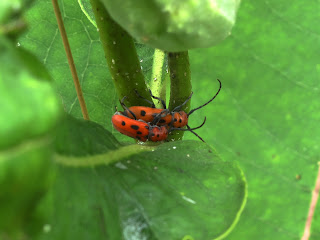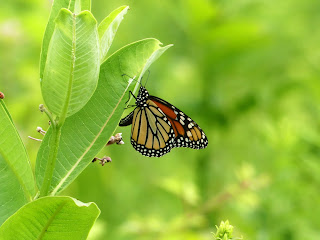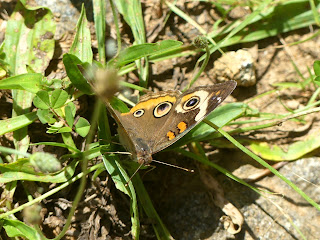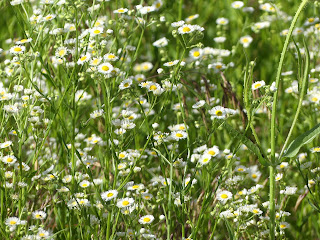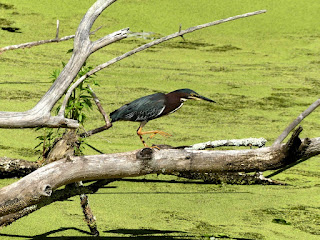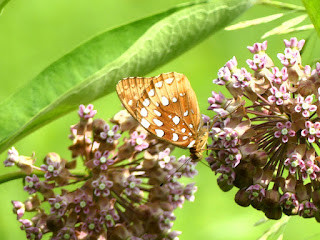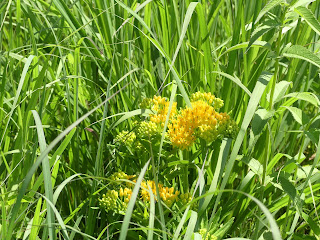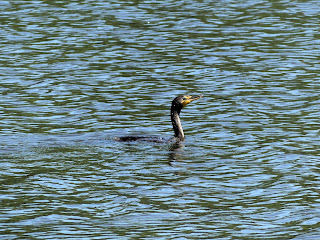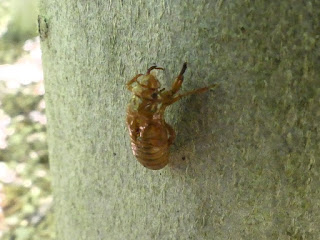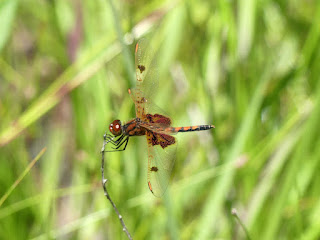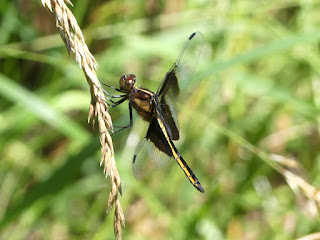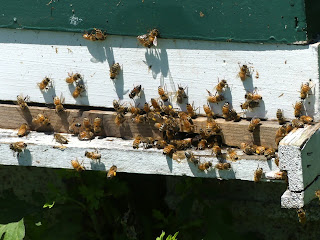Little Wood Satyr

I met this Little Wood Satyr this past July at Washington Valley Park. Although NJ doesn't have - as far as I know - the nymphs and satyrs of Greek mythology, they do have nymphs and satyrs of modern lepidoptery. As caterpillars, these butterflies feast on various grasses. Most of their relatives are green as caterpillars, but the Little Wood Satyr is brown during their caterpillar phase. One thing they'll drink as adults is aphid honeydew . Is it possible that they could be one of the few beneficiaries of the Spotted Lanternfly , and prolific producer of honeydew? There are at least 2 taxonomic issues relating to the Little Wood Satyr: They seem to breed readily with a butterfly found in the south, the Viola's Wood Satyr ; are they the same species? They frequently have 2 broods that occur too close together for the 1st brood to be the parents of the 2nd brood; some people think these 2 broods might be 2 different but nearly identical species. Currently Little Wood Sa
